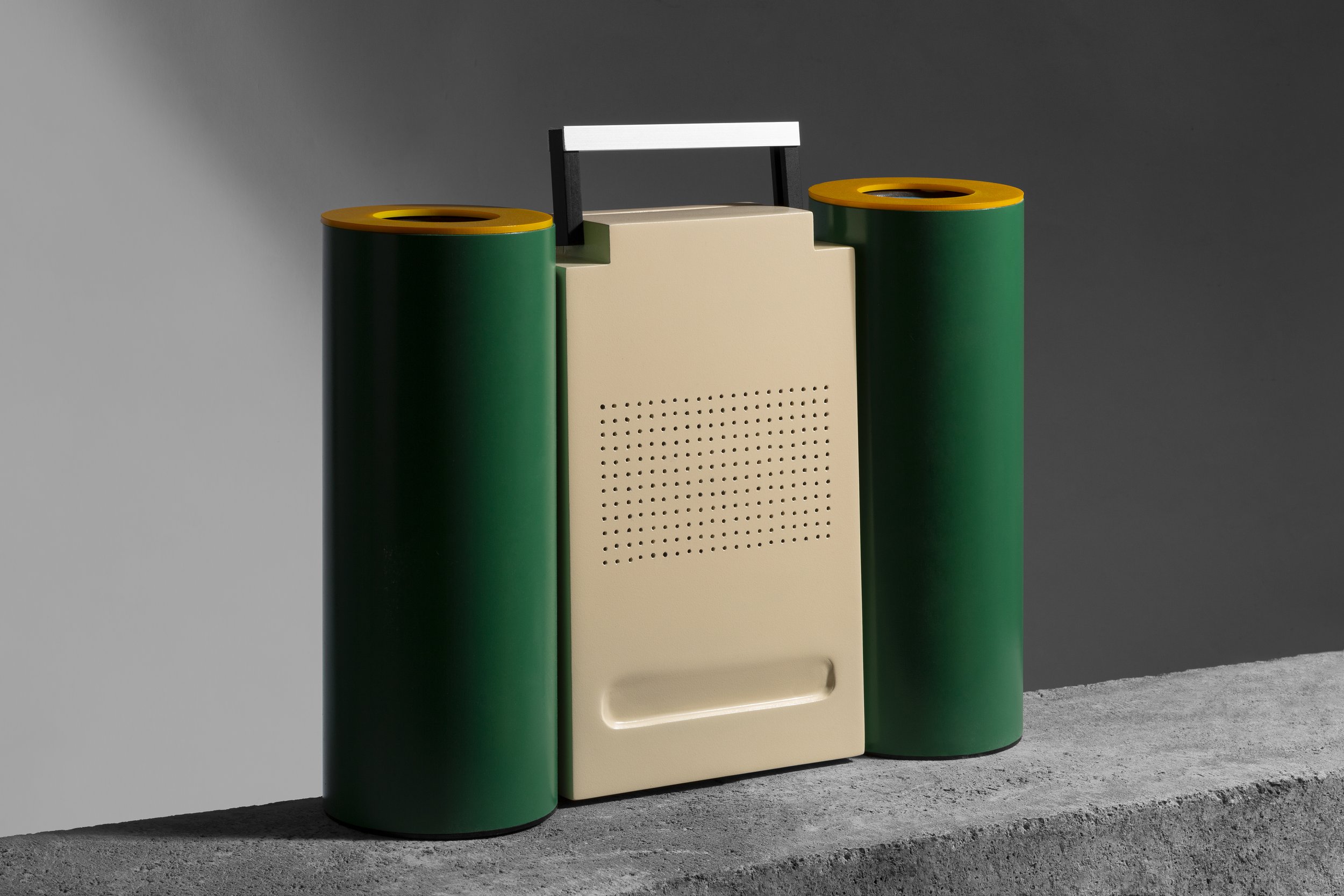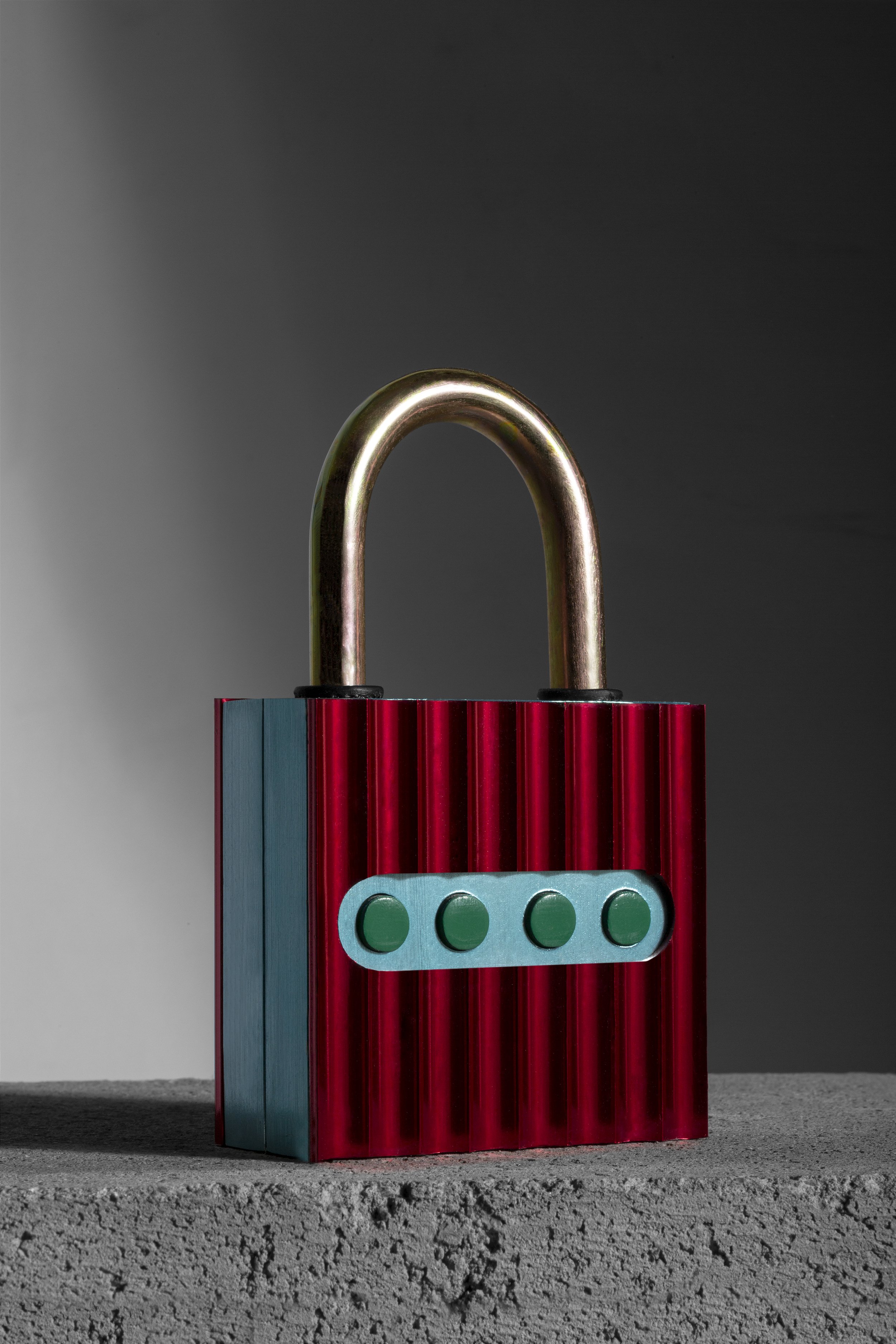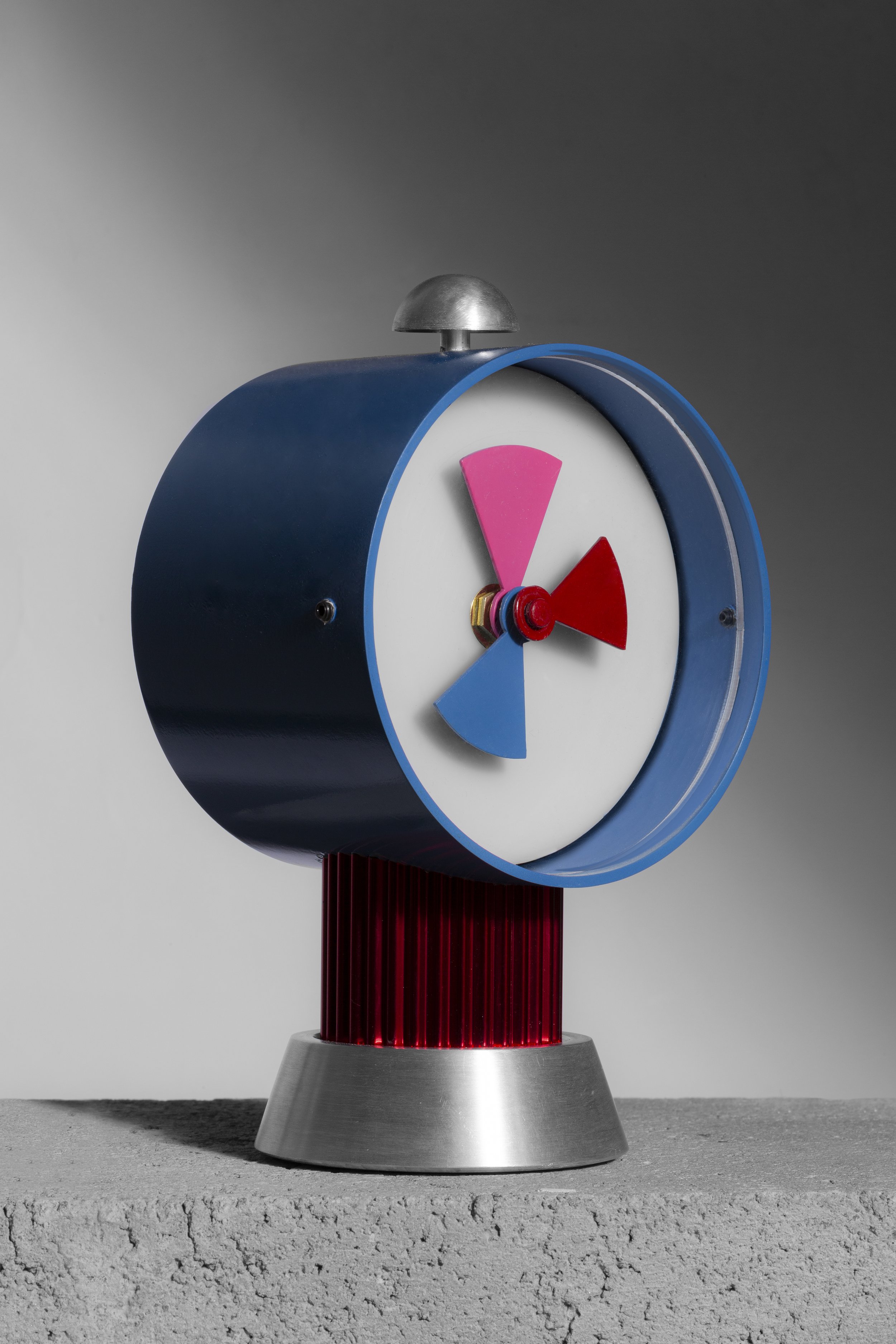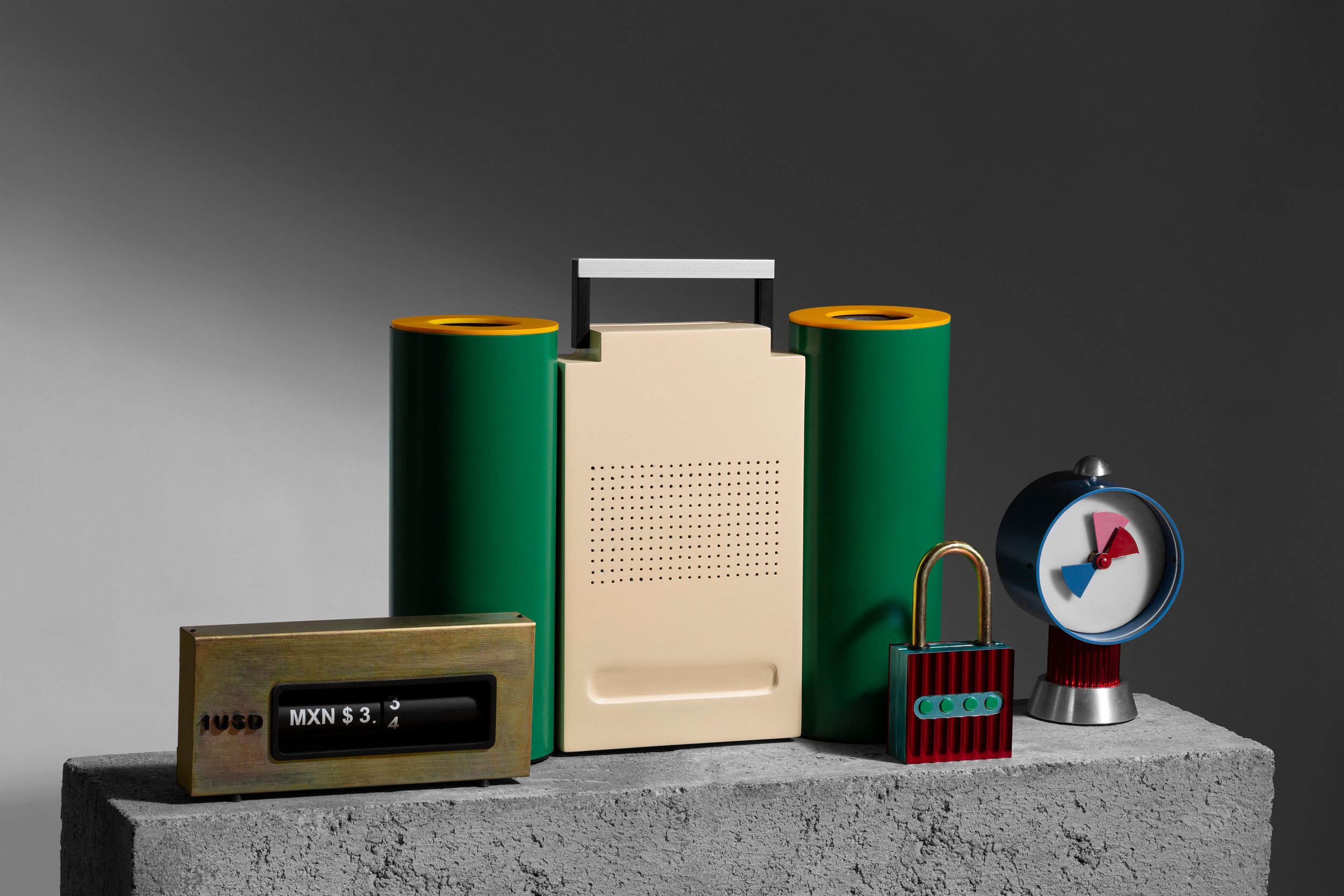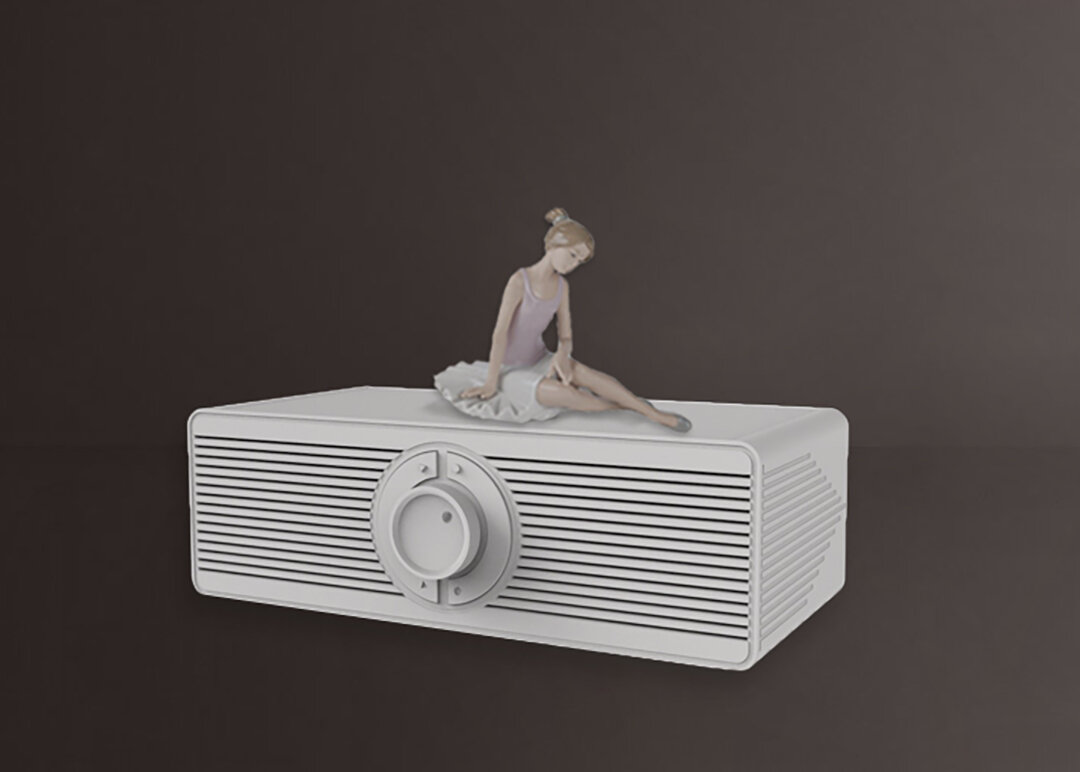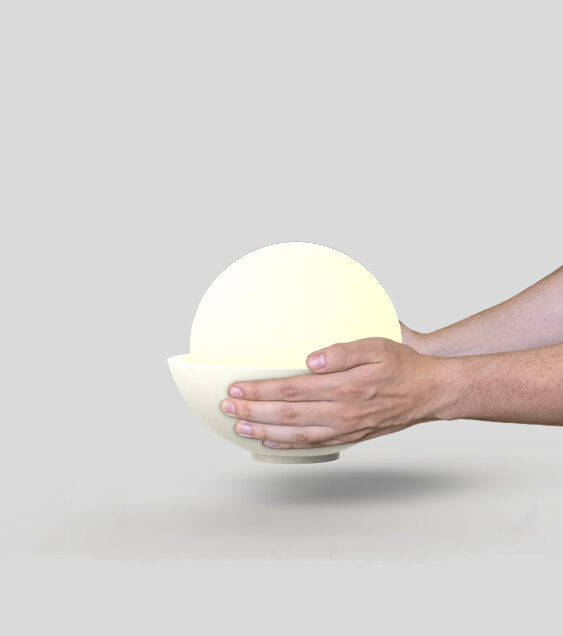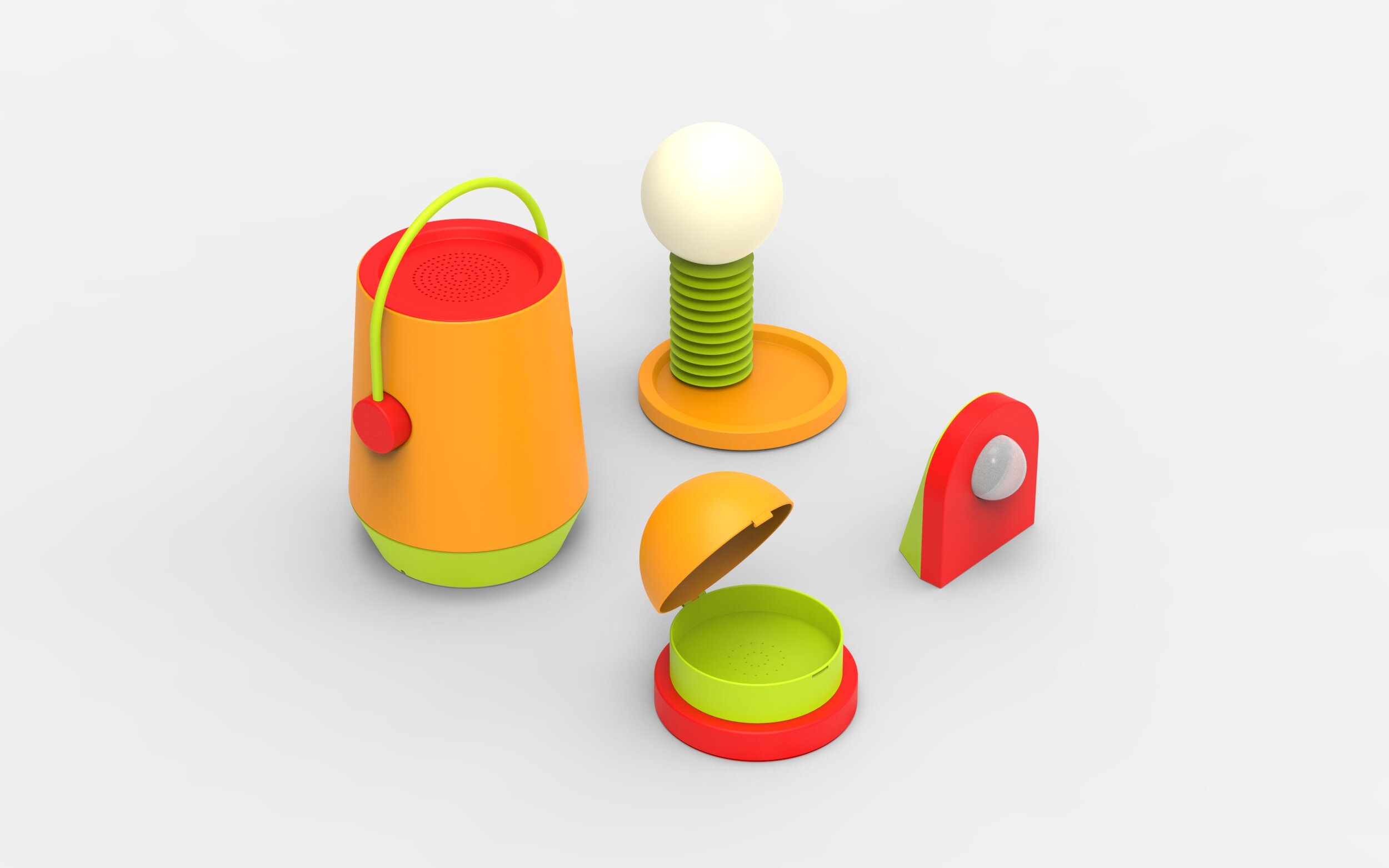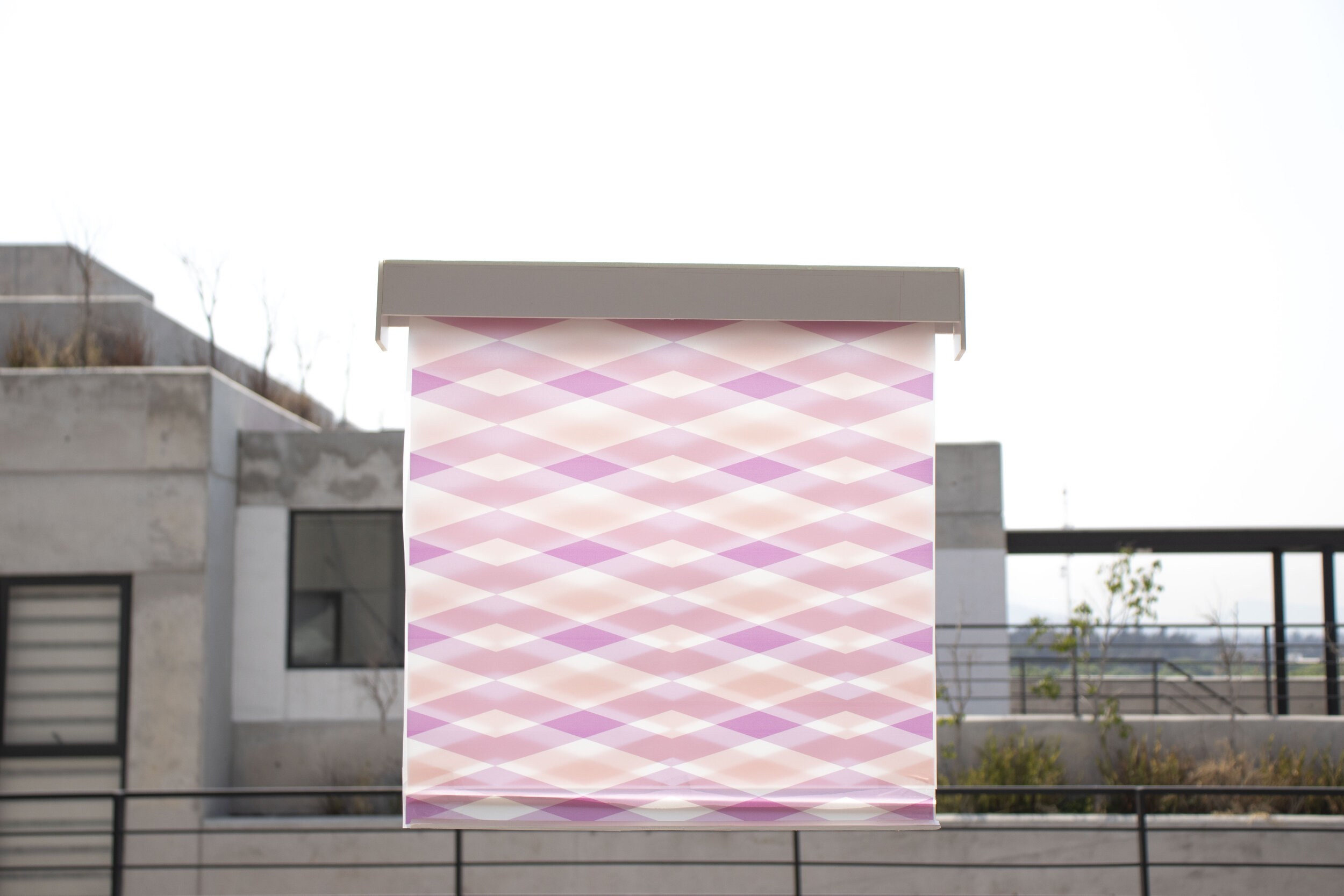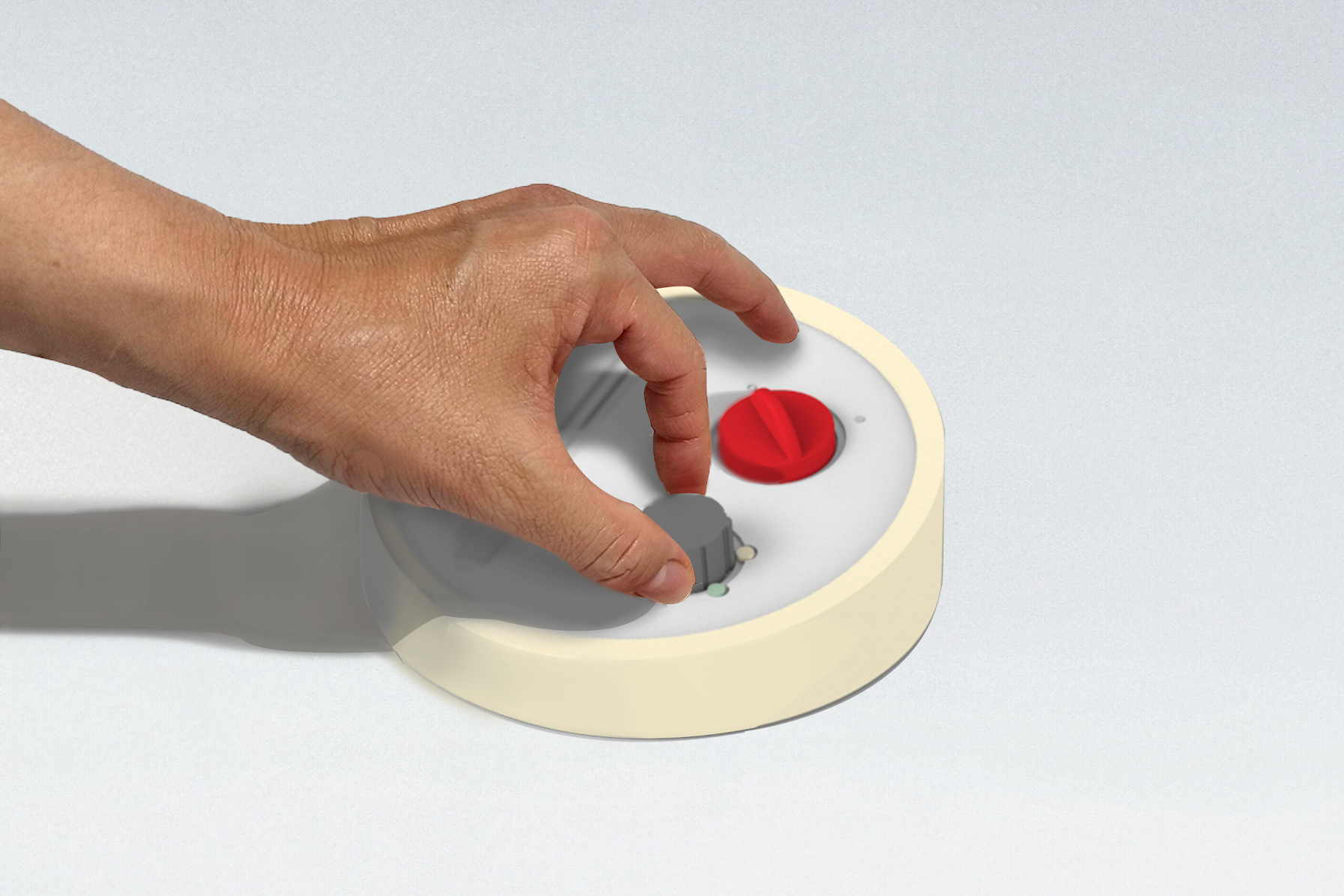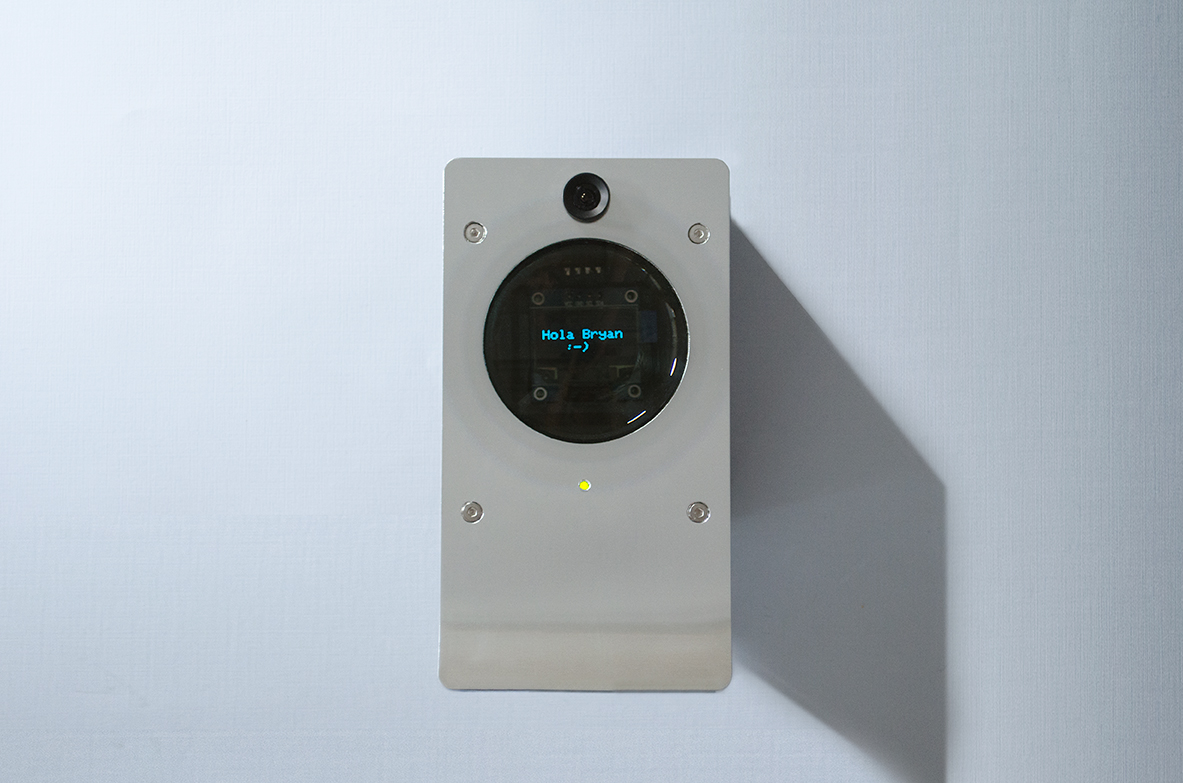Communicating insights through Critical Design
One of the most popular approaches when developing design projects is Human-Centered Design (HCD) research. This approach is all about understanding the context and experiences of potential users or customers by observing how they interact with products. Through daily studies, cultural probes, and deep-dive interviews, designers can gain valuable insights into the people they are studying. However, there are some limitations to viewing these results through an empathic lens. That's where critical and speculative design comes in. These approaches can enhance the reflection process and bring a more significant dimension to empathy, desires, goals, frustrations, and cultural differences of end-users.
At our design practice, we have found that critical design is an excellent medium for engaging user audiences, communicating insights, and reflecting on the relationships between society, culture, and design. Through collaborations with different companies and organizations, we have developed several discursive projects demonstrating the potential of these practices when communicating insights generated through a design research process.
Design tactics related to critical and speculative design are an alternative way of sharing cultural insights, enhancing empathic reflection around them.
Disonancia Doméstica is a collection of mechanical household appliances designed to communicate thoughts, findings, and reflections about the Mexican cultural context. In Mexico, there is a constant state of cultural flux, where postcolonial redemption never fully arrives. Disonancia Doméstica uses Critical Design tactics to take some of the attitudes found within the Mexican idiosyncrasy and translate them into the interactive functions of a clock, a lock, a display, and a speaker.
Disonancia Doméstica, by delaO design studio. Photography: Mariana Achach
Critical Design allows a wider perspective around insights generated through a human-centered research process, bringing a more significant dimension than a written results report, which tends to become verbose and hard to read.
The Inclusive User Research program from IKEA Home smart paired with the School of Architecture, Art, and Design at the Monterrey Institute of Technology in Mexico City for a deeper understanding of their future Mexican customers. Undergraduate industrial design students used user-centered, critical, and speculative design techniques and IKEA's DPN design methodologies to bring the voice of the people to the table. During this period, the students gathered insights through human-centered design activities and then developed a hypothetical collection of smart devices that expressed the emotional needs, aspirations, and frustrations of the Mexican user found during their research.
Smart Devices Collection, by ITESM School of Industrial Design, Mexico City Region students. Mentorship: IKEA of Sweden and José de la O.
Critical design relies on hypothetical or fictional objects to prompt speculation in the viewer about the possible futures they belong to, considering their physical functions, their symbolic qualities, and the psychological or sociocultural context.
In 2018, delaO design studio was commissioned by BBVA and Centro University to design and produce diegetic prototypes for different scenarios related to the future of finance in Mexico. For this project, four scenarios were designed by the academic team of the Design of Tomorrow postgraduate course from Centro University in Mexico City. After contemplating these scenarios with a group of experts from BBVA and external consultants, delaO design studio designed four fictional products that exemplify the everyday life of each scenario.
Future of Fintech, by delaO desing studio for BBVA Open Innovation and CENTRO
In conclusion, critical and speculative design tactics offer a unique perspective on understanding and communicating cultural insights. Disonancia Doméstica, The Inclusive User Research program from IKEA Home smart, and the BBVA and Centro University project are just a few examples of how these tactics can be used to create meaningful and thought-provoking designs that challenge societal norms and provoke discourse.
Learn more about critical design as a tool for understanding insights in APPLYING CRITICAL DESIGN TO COMMUNICATE CULTURAL INSIGHTS EMPHATICALLY: A CASE STUDY, a paper by José de la O and David Güemes.


